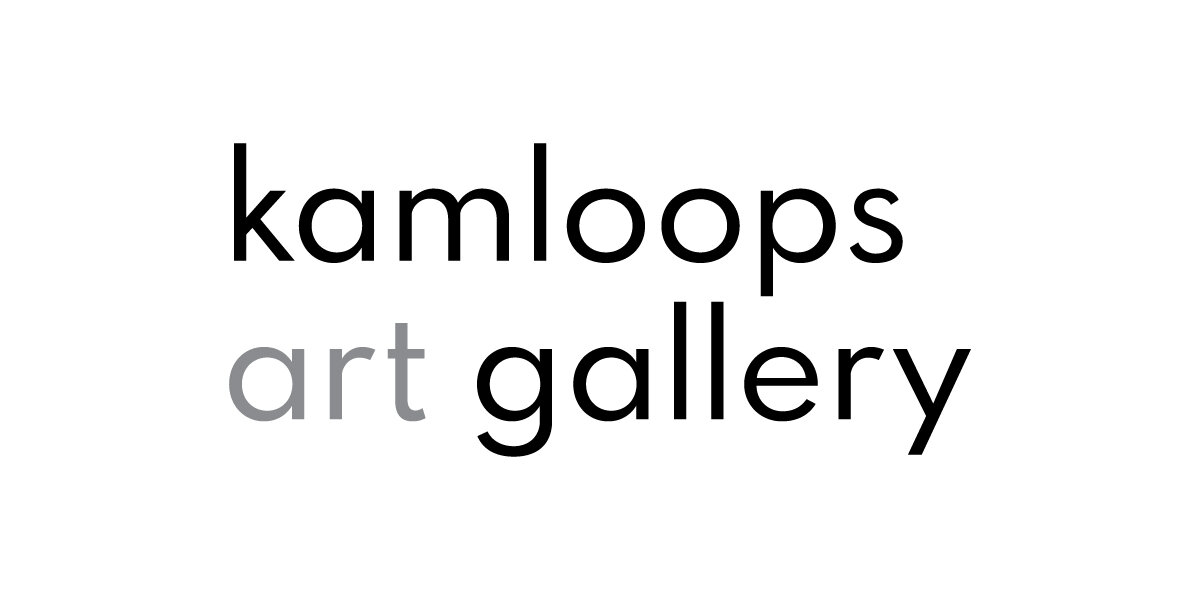Lino “Quilt” Prints
SCHOOL PROGRAM LESSON PLAN – 10 to 12
Lino “Quilt” Prints
Final Project Description:
A lino cut print of what students most value about the forest/outdoors, printed several times on different colour papers, cut in equal parts and reassembled in a colourful, geometric “quilt” pattern.
Description:
Students will create a lino cut of the aspect of the forest they most value – a place for solitude, recreation, appreciating beauty, being away from daily demands, etc. These will be reassembled into a kind of mosaic for visual interest and so students get a chance to practice pulling multiple prints.
Theory:
Students will (taken from the BC Curriculum PLOs):
- create image to convey intended mood or message
- create a series of images within a specific visual expression area that demonstrate particular
elements and principles
- demonstrate competent use of techniques specific to selected materials
- assess environmental challenges facing Canadians including global warming
Creation & Analysis:
- Revisit and reference Raab’s work. Explain that we’ll be trying a simple printmaking process based on one of the intents of Raab’s work – to encourage the viewer to think about the disconnect between preserving forests when we’re not spending as much time in them and consequently, experiencing and appreciating forests. Can students name the activities they do indoors? How much of their time is spent outside – daily? weekly? Are there aspects to the woods that are vitally important to them? The forest or outdoors might be an escape from family or school pressures.
- Introduce the activity. We will create a simple lino cut print. Go over safety and technique and variety of marks different tools can make. Have students sketch and plan their work first. Drawings can be penciled onto the lino to act as a guide. Explain the reductive print process and that their work will be reversed when printed.
- Assist when needed and encourage students to carve into all areas of their print. Assist with printing on the baby press. Explain the proper way to ink up their work and how to troubleshoot imperfect prints.
- Print a number of copies on different colour paper and have students cut their work into two equal parts that can be mixed up and fit back together. This will add more colour and visual interest. Cut work can be glued onto a backing piece of rag paper.
Duration:
60 minutes in the studio – 10 mins on approach, 5 mins explaining how to achieve different effects, 40 mins on project, 5 mins for wrap up and possible discussion or look at other’s work to end class.
Materials:
Lino
Rag paper
Coloured cardstock
Printing ink
Brayers
Plexi palettes
Scissors
Glue sticks
Baby press
Sketch paper
Pencils
Look & Discuss:
-HAVE STUDENTS PUT THEIR NAMES ON THEIR work! This is important.
How has this activity made them more aware of printmaking as a medium? What might be at stake if we don’t regularly spend time outside? Do students see the correlation between not having real experiences in nature and a lack of concern about natural resources? Is the outdoors still relevant to young people? In what ways?
Prep:
-Layout paper, palettes, brayers, ink, pencils
-Cut paper to size
-Have lino and lino cutters out
-Set up inking stations and press
-Rags for clean up
Take it further:
Ask students to look at each other’s work at the end of class to see how other students approached their project. How are they similar? How are they different? What other materials can they find at home to make this kind of print with? Demonstrate how to make their prints with spoon rubbing so they can do them at home.
